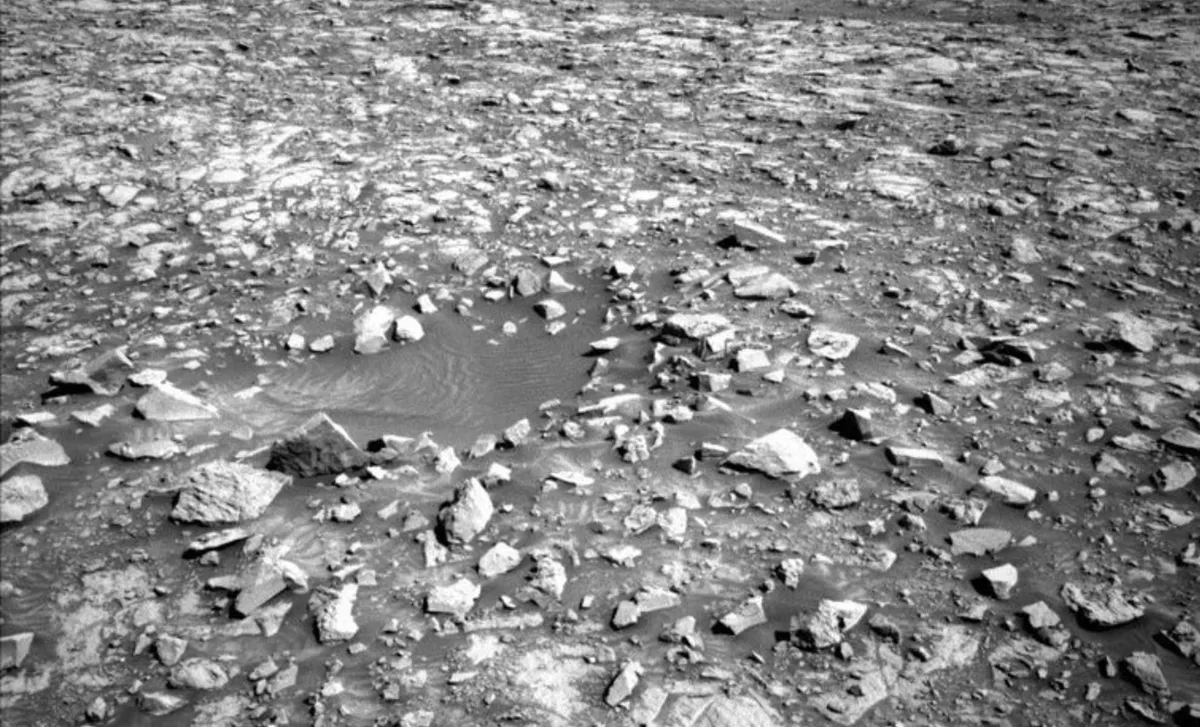
On July 15, 2025, NASA’s Curiosity Rover continued its groundbreaking exploration of Mars through a combination of scientific observations and geological analyses. As part of the Mars Science Laboratory Mission, Curiosity diligently investigates the Red Planet's surface, employing a range of techniques aimed at unlocking the mysteries of Mars—one sol at a time. This blog post offers an in-depth look at the challenges and precision involved in Curiosity’s daily operations, showcasing the rover’s significant contributions to our understanding of Mars.
As winter envelops Mars, Curiosity’s operations adapt to leverage the warmer afternoon hours for optimal performance. During the frigid mornings, the rover minimizes activity to conserve energy and maintain its essential systems in peak condition. This strategy is crucial for preserving the rover’s heating system, particularly during the harsh Martian winter when temperatures can plummet drastically.
During Sols 4595-4596, Curiosity initiated its operations with an extensive remote science block, which involved a variety of imaging and data collection tasks. The rover’s Mastcam was instructed to capture images of a nearby trough, focusing on potential sand activity. Such imaging is vital for scientists seeking to understand how Martian winds transport sand and dust, thereby contributing to the planet’s dynamic atmosphere.
An intriguing target for the Mastcam was a displaced rock fragment named “Ouro,” located near a circular depression that may represent a small crater. This feature could provide valuable insights into the geological processes at play in this region. Additionally, Curiosity examined a ridge known as Volcán Peña Blanca, using Mastcam to document its sedimentary structures. Understanding how these layers formed may help researchers piece together the history of water and geological activity on Mars.
Moreover, the rover employed its ChemCam, a sophisticated laser and camera system, to work alongside Mastcam in studying a dark patch of exposed bedrock called Los Andes. The objective was to explore the chemical composition and potential variations within this rock face, which could shed light on the planet’s geological history.
After a brief period of rest, the rover resumed its activities with what is known as contact science. This term refers to Curiosity’s physical interactions with the Martian surface, enabling the collection of detailed data. The rover’s Arm Rover Planner directed it to brush away dust from two bedrock targets: Cataratas del Jardín and Rio Ivirizu. These targets were selected for their flat surfaces, which facilitate easier access and analysis.
Utilizing the MAHLI (Mars Hand Lens Imager) and APXS (Alpha Particle X-ray Spectrometer), Curiosity captured high-resolution images and conducted chemical analyses of the bedrock. These observations are instrumental in enhancing the team’s understanding of the local geology, providing valuable insights into the planet’s ancient environment and the conditions that may have supported life in the distant past.
After gathering this critical data, Curiosity carefully stowed its arm and prepared for the next phase of its mission, ensuring that everything was in order for driving on the following sol.
On Sol 4596, Curiosity continued its remote science operations, focusing on additional bedrock layers. One of the key targets was Torotoro, another layered bedrock formation that could yield information about the planet’s geological processes. The rover utilized ChemCam LIBS (Laser Induced Breakdown Spectroscopy) to analyze the chemical composition of these layers, illuminating the minerals present and their potential origins.
Additionally, Curiosity captured a mosaic image of a fascinating feature known as Paniri. This feature consists of a deep incision in the rock, filled with material distinct from the surrounding rock. Such observations could provide further insights into Mars’ tectonic activity, weathering processes, and even ancient volcanic events.
After completing its scientific activities, Curiosity embarked on its next journey, driving approximately 50 meters southwest. The rover’s route was meticulously planned to avoid numerous sandy pits and hidden obstacles that could pose a threat to its operational integrity. The terrain in this area offered relatively smooth driving conditions, with fewer boulders or sharp rocks that might puncture its wheels.
As Curiosity continues its exploration, the data it collects will play a pivotal role in enhancing our understanding of Mars, paving the way for future missions and the ongoing quest to uncover the secrets of the Red Planet.